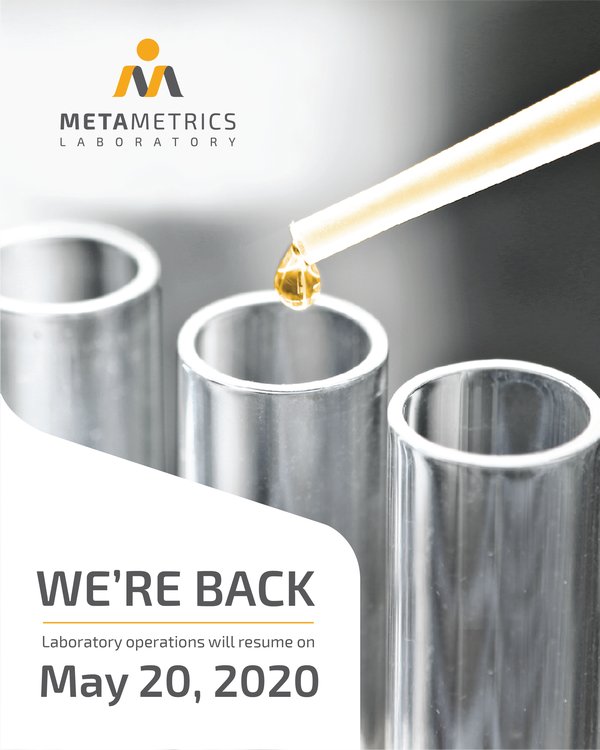Copper Test
Copper is a trace mineral found in all tissues in the body.
Copper is essential to human health for its role in maintaining structural integrity and catalytic properties1. Copper-containing enzymes are involved in energy production, iron metabolism, connective tissue maturation, and neurotransmission2.
Signs and Symptoms of Deficiency or Toxicity
Common causes of copper deficiency are decreased copper stores in birth, inadequate dietary intake, poor absorption, elevated requirements induced by rapid growth, or increased copper losses1.
Observed features of copper deficiency are anemia, neutropenia, bone abnormalities, and hypercholesterolemia1,3.
Copper toxicity is rare but accidental poisoning may occur as a result of contamination of beverages by copper-containing containers. Symptoms reported for copper toxicity include abdominal pain, nausea, vomiting, diarrhea, severe liver damage, kidney failure, coma, and death2.
Supplementation Guide
No published guidelines for supplementation for the general public.
Following are frequently used dosages of supplemental copper for the prevention of a deficiency5.
- Adult and teenage males: 1.5 to 2.5 mg/day
- Adult and teenage females: 1.5 to 3 mg/day
- Children:
- 7 to 10 years: 1 to 2 mg/day
- 4 to 6 years: 1 to 1.5 mg/day
There are no established upper limits for copper for the Philippine population. However, the International Alliance of Dietary/Food Supplement Associations (IDSA) suggests 9 mg for tolerable upper intake level from supplements (ULS)6.
There is little known about the potential interaction of copper with drugs. However, high supplemental zinc intake may lead to copper deficiency2.
Sources of copper are beef liver, oysters, crab meat, clams, sunflower seeds, kale, cashews, lentils, beans, mushrooms, cocoa powder, raisins, and peanut butter7.
(2) Higdon J, Drake VJ, Delage B. (December 2013). Linus Pauling Institute. Micronutrient Information Office. Copper. Retrieved from http://lpi.oregonstate.edu/mic/minerals/copper
(3) Harvey LJ, McArdie HJ. Biomarkers of copper status: a brief update. British Journal of Nutrition 2008; 99 Suppl 3:S10-S13. 10.1017/S0007114508006806.
(4) Olivares M, Mendez MA, Astudillo PA, Pizarro F. Present situation of biomarkers. American Journal of Clinical Nutrition 2008; 88(3):859F-862S.
(5) Micromedex. (n.d.). Drugs and Supplements. Copper Supplement (Oral Route, Parenteral Route). Retrieved from https://www.mayoclinic.org/drugs-supplements/copper-supplement-oral-route-parenteral-route/proper-use/drg-20070120.
(6) Hathcock , John H. Safety of Vitamin and Minral Supplements. Safe Levels Identified by Risk Assessment. April 2004.
(7) Linus Pauling Institute. Oregon State University. (n.d.). Micronutrients for Health. Retrieved from http://lpi.oregonstate.edu/sites/lpi.oregonstate.edu/files/pdf/mic/micronutrients_for_health.pdf



